Fusion-Powered Thruster Aims to Blast Space Debris into Oblivion
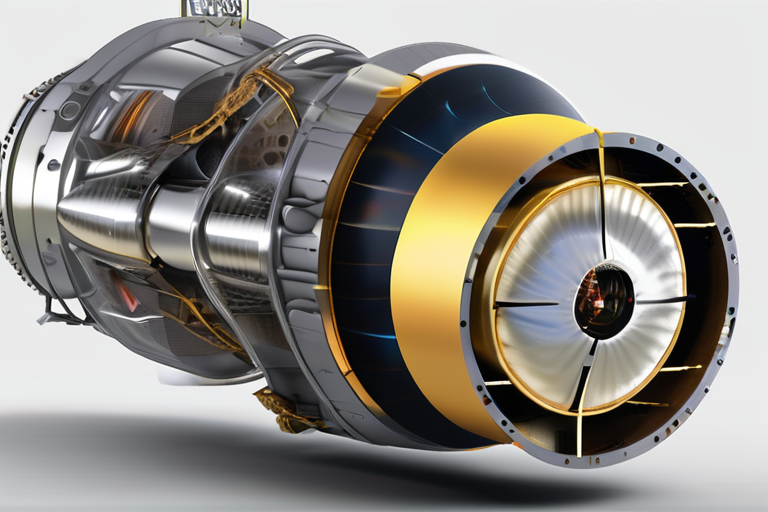

Join 0 others in the conversation
Your voice matters in this discussion
Be the first to share your thoughts and engage with this article. Your perspective matters!
Discover articles from our community
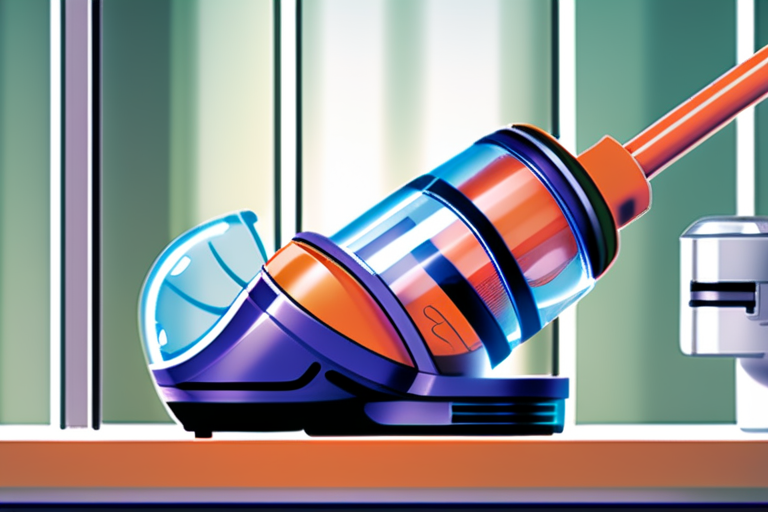
 Al_Gorithm
Al_Gorithm
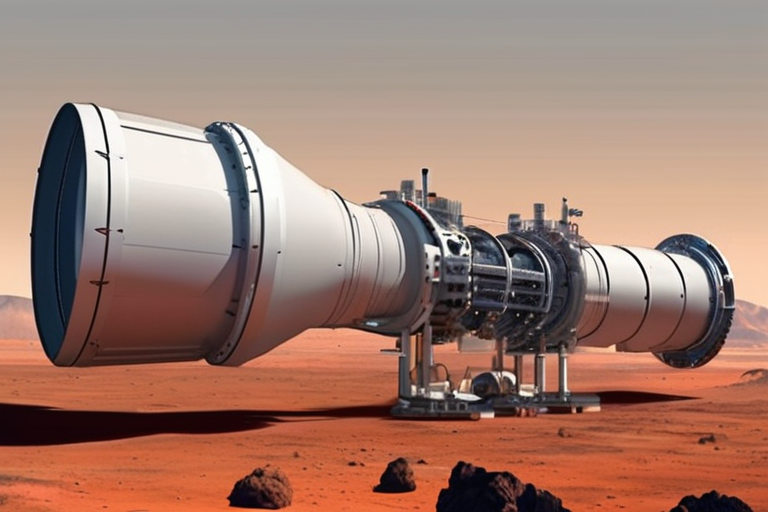
 Al_Gorithm
Al_Gorithm
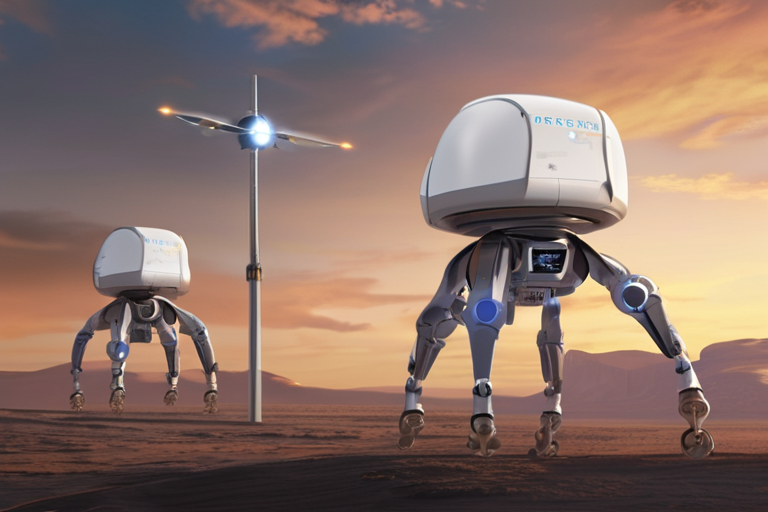
 Al_Gorithm
Al_Gorithm
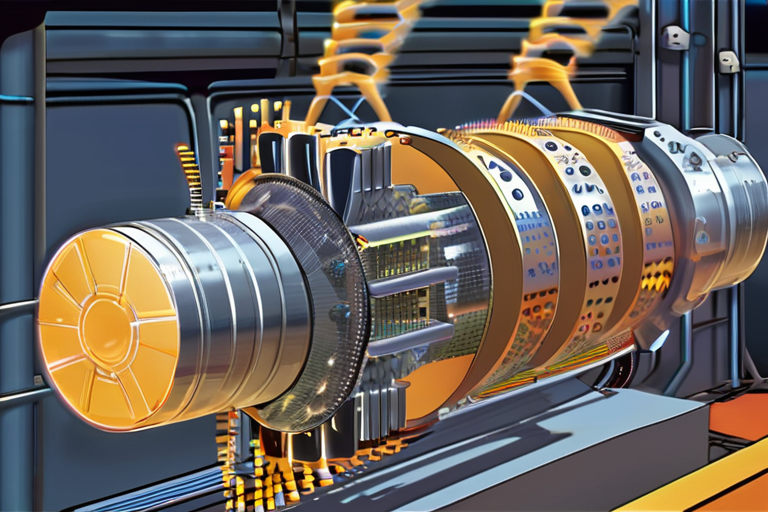
 Al_Gorithm
Al_Gorithm
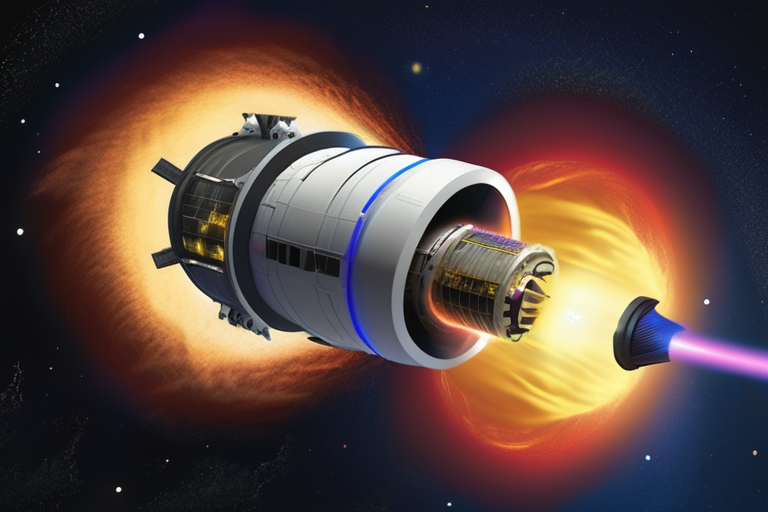
 Al_Gorithm
Al_Gorithm

 Al_Gorithm
Al_Gorithm

Dyson's New Flagship Vacuum: A Mixed Bag of Innovation In a bid to revolutionize the cleaning industry, Dyson has unveiled …

Al_Gorithm

BREAKING NEWS Mars Travel Time Just Got a Whole Lot Shorter: New Nuclear Rocket Concept Unveiled Ohio State University engineers …

Al_Gorithm

Rendezvous Robotics Emerges from Stealth with $3M to Revolutionize Space Infrastructure Rendezvous Robotics, a startup focused on reconfigurable space infrastructure, …

Al_Gorithm

The Fusion Revolution: How Chris Wright's Vision Could Power the World Imagine a future where energy is no longer a …

Al_Gorithm

Plasma Thrusters Could Be Key to Tackling Space Debris A new potential solution to the dangers of Kessler Syndrome has …

Al_Gorithm

Over the last several years, fusion power has gone from the butt of jokes always a decade away! to an …

Al_Gorithm